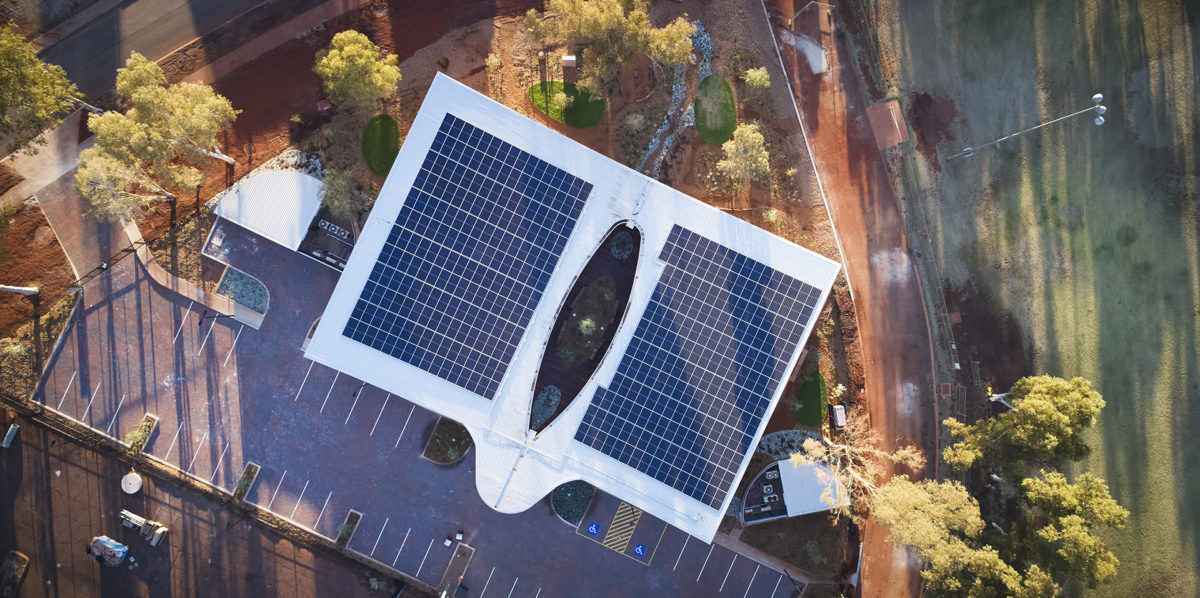Western Australia (WA) became the first Australian state or territory to comprehensively plan distributed energy resources (DER) when it published its DER Roadmap back in April 2020. Today, the Australian Energy Market Operator (AEMO) is praising accelerated investment in new renewable generation and DER which is driving a paradigm shift in the power system itself.
According to AEMO, a full third of all homes in the South West Interconnected System (SWIS) now have rooftop solar installed, with the 2021 Wholesale Electricity Market Electricity Statement of Opportunities (WEM ESOO) report forecasting that rooftop and large-scale commercial solar systems will hit the 40% mark of total generation capacity by 2030-31.
According to the report WA is on track for a rapid transition of its entire power system, with rooftop solar and large-scale commercial system installations forecast to grow at an average rate of 8% (219 MW each year). That would mean that rooftop and commercial solar installations would exceed 4 GW by 2030-31.
In fact, the WEM ESOO analysis even shows, according to AEMO executive general manager, WA, Cameron Parrotte, “that even with the expected staged retirement of coal generators, including Muja C unit 5 in 2022 and Muja C unit 6 in 2024, connected and committed capacity is forecast to meet anticipated demand over the next decade.”
Moreover, minimum operation demand from the grid is also forecast to drop significantly in coming years, from the record low of 954 MW to 232 MW by 2025-26.
AEMO CEO and managing director, Daniel Westerman, said: “It is pleasing that AEMO’s analysis in the 2021 WEM ESOO confirms sufficient generation capacity to meet forecast demand in the SWIS over the next decade.” Adding, “As the energy transition unfolds, AEMO is committed to working collaboratively with stakeholders to implement the WA Government’s Energy Transformation Strategy, to ensure WA households and businesses are the beneficiaries of secure, reliable, affordable and sustainable energy.”
Other predictions from the WEM ESOO analysis include an expectance to see increased business activity and new housing to drive a 0.2% yearly increase in peak demand over the course of the decade, a 0.4% turnaround from the 2020 WEM ESOO. Moreover, the analysis puts the Reserve Capacity Requirement at 4,396 MW for 2023-24, an ever-so-slight drop from the 4,421 MW requirement in 2022-23.
Of course, such rapid uptake of variable generators and distributed solar brings its own challenges of voltage, system strength, and inertia standards. “AEMO is supportive of innovative solutions to help address these challenges,” said Parrotte, “pointing to the importance of projects already underway, like the WA Government’s Energy Transformation Strategy, to help alleviate system security risks under certain conditions such as when minimum operational demand is low.”
This content is protected by copyright and may not be reused. If you want to cooperate with us and would like to reuse some of our content, please contact: editors@pv-magazine.com.









1 comment
By submitting this form you agree to pv magazine using your data for the purposes of publishing your comment.
Your personal data will only be disclosed or otherwise transmitted to third parties for the purposes of spam filtering or if this is necessary for technical maintenance of the website. Any other transfer to third parties will not take place unless this is justified on the basis of applicable data protection regulations or if pv magazine is legally obliged to do so.
You may revoke this consent at any time with effect for the future, in which case your personal data will be deleted immediately. Otherwise, your data will be deleted if pv magazine has processed your request or the purpose of data storage is fulfilled.
Further information on data privacy can be found in our Data Protection Policy.